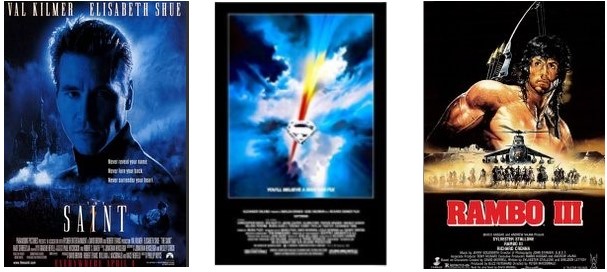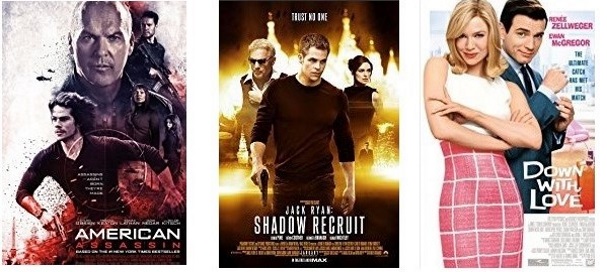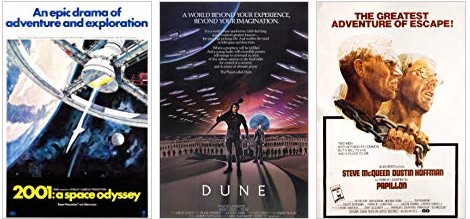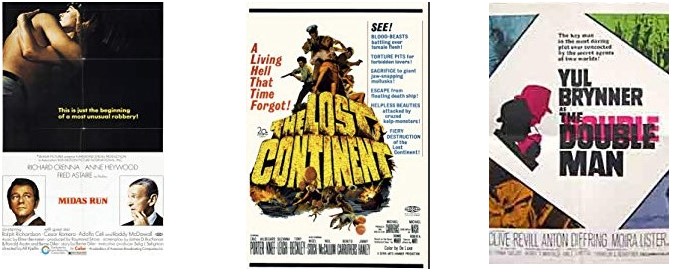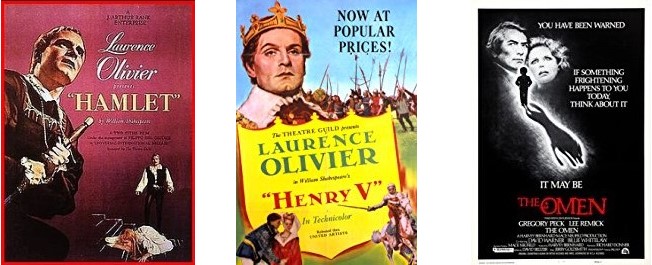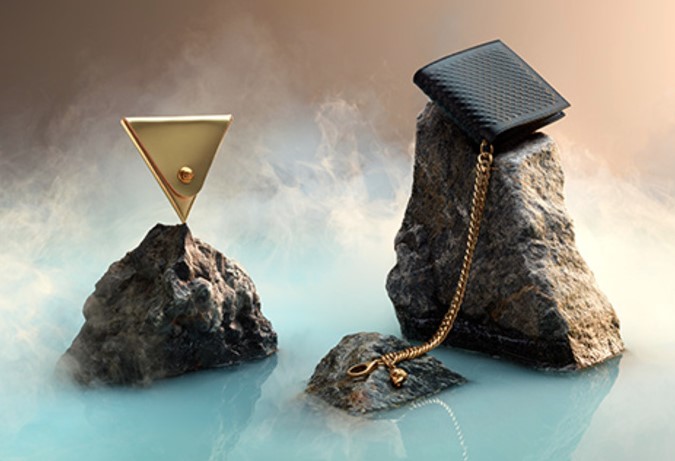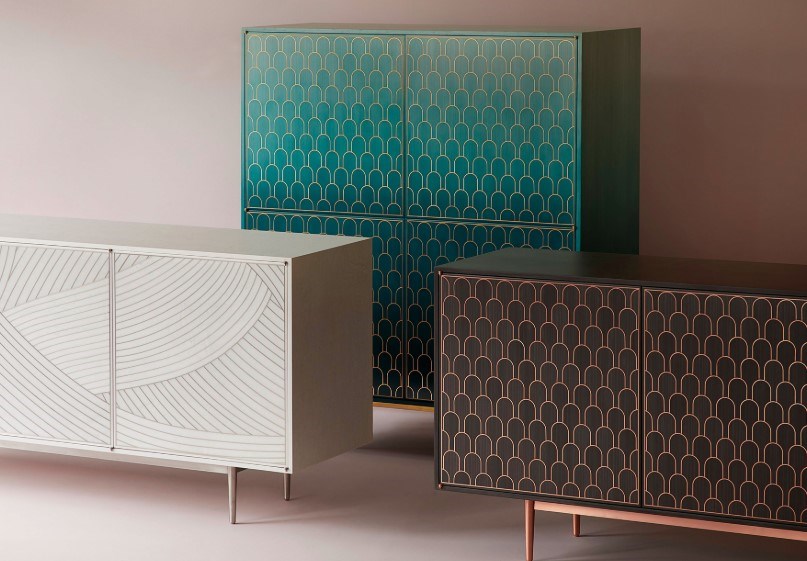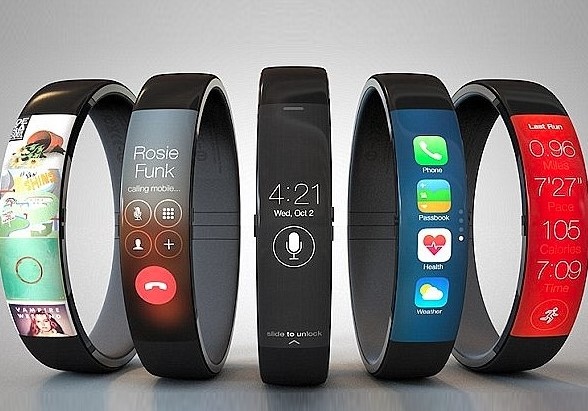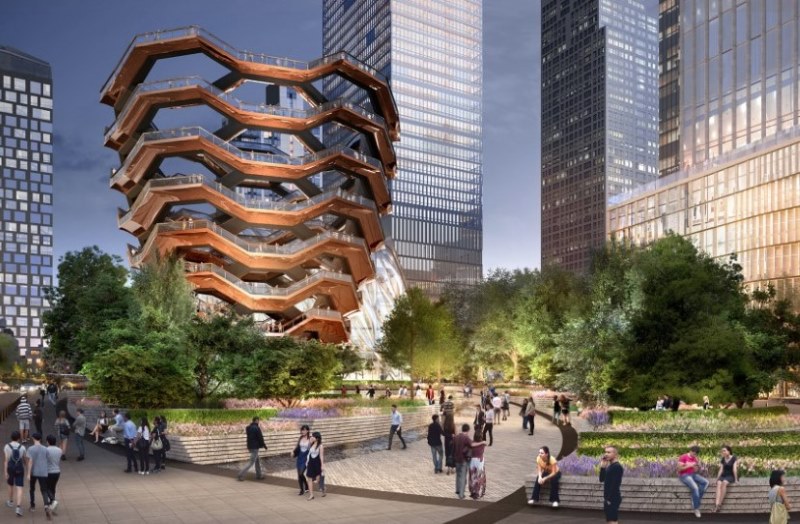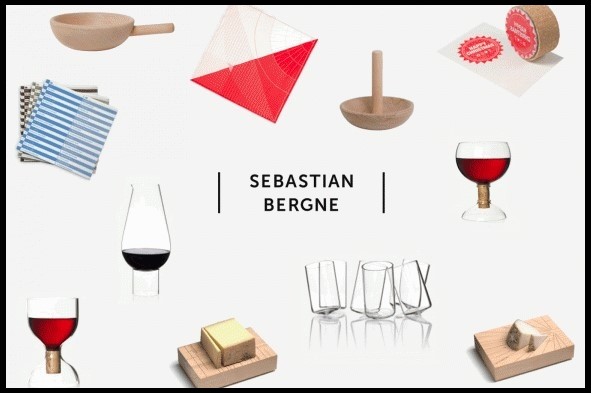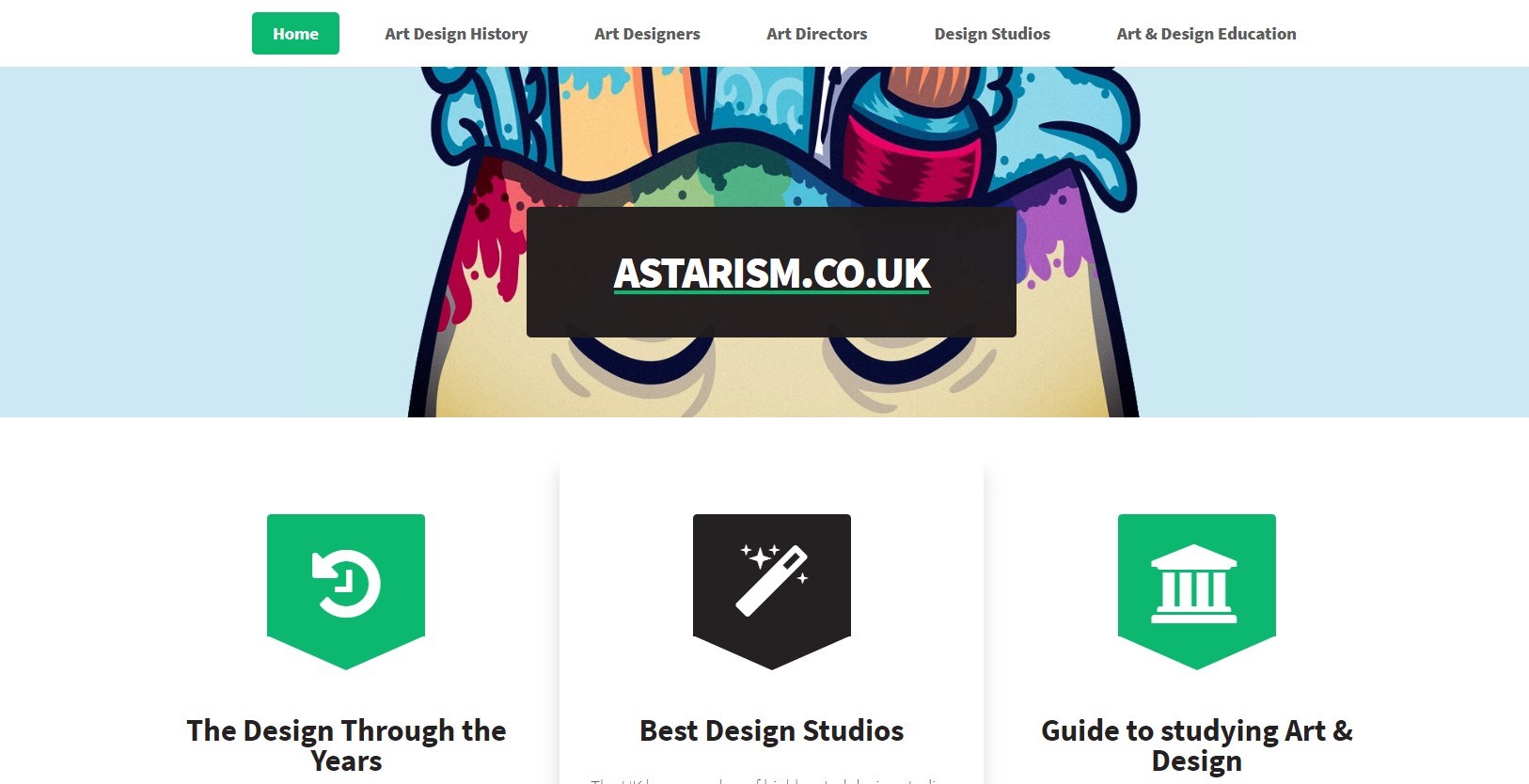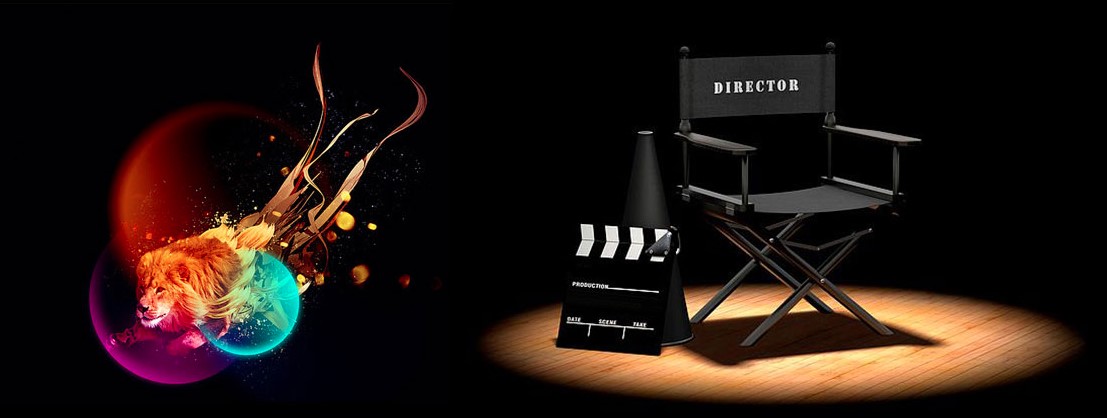
What is Art Direction?
Art direction is the route taken for a particular visual style and images in magazines, newspapers, product packaging, and movie and television productions. Art direction creates depth and humanity to the overall design which is usually overseen by an art director who manages the development of artwork or layouts on a particular project.
This means that art direction is much more than a unique design for an individual product. The goal is to combine visual imagery and language to enhance the meaning of the story, which may see a meaningful variation in design and not a change for the sake of change. In the example of a magazine, art direction will look at different ways to enhance a story, from choosing the design style, selecting related content features, and honing the story’s tone of voice.
Art direction brings clarity and definition to design work, to ensure that it portrays a specific message to a particular group of people to arouse a particular reaction or emotion that connects the viewer with what they are seeing and experiencing. It influences movies, music, websites, magazines and almost anything we interact with.
Difference between Art Direction and Design
The design is the process of imagining and planning the creation of physical objects or abstract systems that address a need or offer a solution to a problem so that the user interacts more naturally and completely with the environment. The design is such a broad concept that it can mean different things in different genres from product design, virtual reality, home interiors, car design and more.
The design has some elements from the arts, in that it creates something that expresses the author’s vision, ideas and feelings, though this is not the primary purpose of design. At the same time design takes on the problem-solving aspect of science, so the object does the job it has been created to do.
The concept of slot sites is that it’s this kind of products that offer a wide variety of slot games ranging from classic fruit machines to modern video slots and designing slot sites requires more than just creativity. It involves careful consideration of user experience, usability, and accessibility. This is where art direction and design come into play. While both roles focus on creating visually appealing content, art direction is more concerned with the overall concept and style of the site, while design focuses on the layout and functionality. Together, they ensure that the slot site is both aesthetically pleasing and user-friendly.
Additionally, casinos often use slot sites as a way to attract new players and retain existing ones. With the rise of online gambling, these sites offer an immersive gaming experience from the comfort of one's own home.
Simply put, the design is the “how” and art direction is the “why”, and usually the two go hand-in-hand, in that designers can do art direction and art directors also design, that's why we usually see them working together in the design studios. Art direction helps the design by acting as a filter for the choices made so they can be checked against the ideal. It is extremely helpful when struggling with design decisions within the constraints of the brief. Art directors do not have to be designers but must be able to understand it well enough to direct the designers and should be the ultimate arbiter of art and design. Whilst the design may look good; an art director will be able to gauge if the “feel,” matches rather than compromises the message. Art direction is seen to work in practice when the story and the design support each other and allow the concept to shine through and engages our imagination. This is why the two most common fields for an art director to be employed are advertising and editorial design. In each case, good design is vital, but the art direction encompasses everything.

